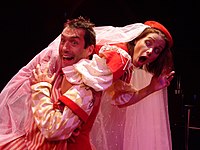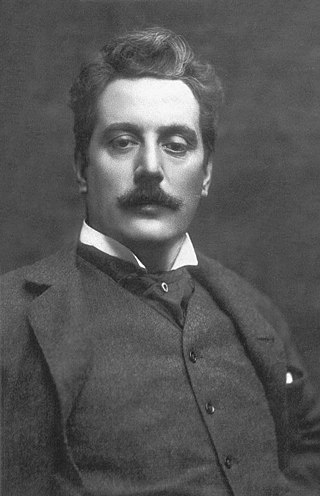
Giacomo Puccini was an Italian composer known primarily for his operas. Regarded as the greatest and most successful proponent of Italian opera after Verdi, he was descended from a long line of composers, stemming from the late-Baroque era. Though his early work was firmly rooted in traditional late-19th-century Romantic Italian opera, he later developed his work in the realistic verismo style, of which he became one of the leading exponents.
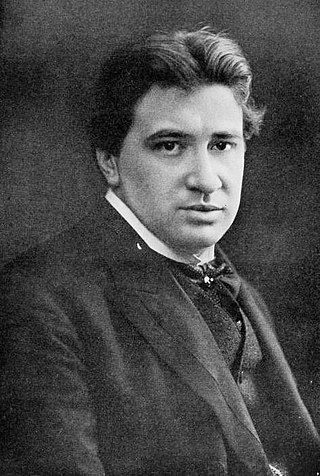
Ermanno Wolf-Ferrari was an Italian composer and teacher. He is best known for his comic operas such as Il segreto di Susanna (1909). A number of his works were based on plays by Carlo Goldoni, including Le donne curiose (1903), I quatro rusteghi (1906) and Il campiello (1936).

In opera, verismo was a post-Romantic operatic tradition associated with Italian composers such as Pietro Mascagni, Ruggero Leoncavallo, Umberto Giordano, Francesco Cilea and Giacomo Puccini. Verismo as an operatic genre had its origins in an Italian literary movement of the same name. This was in turn related to the international literary movement of naturalism as practised by Émile Zola and others. Like naturalism, the verismo literary movement sought to portray the world with greater realism. In so doing, Italian verismo authors such as Giovanni Verga wrote about subject matter, such as the lives of the poor, that had not generally been seen as a fit subject for literature.

I quatro rusteghi is a comic opera in three acts, music by Ermanno Wolf-Ferrari to a libretto by Luigi Sugana and Giuseppe Pizzolato based on Carlo Goldoni's 18th-century play I rusteghi. The opera is written in Venetian dialect, hence "quatro" instead of "quattro".
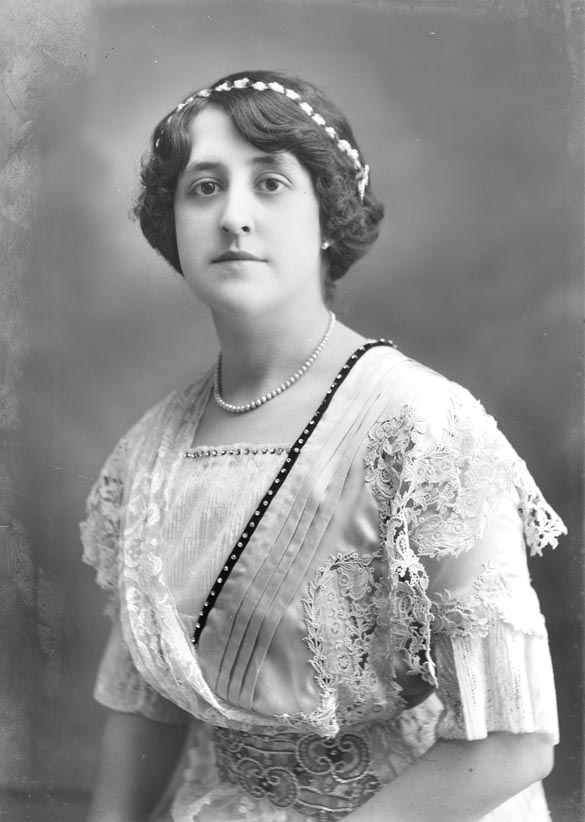
Mercedes Llopart was a Spanish soprano who later became a notable singing teacher in Italy.
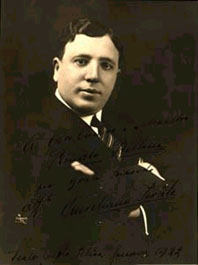
Aureliano Pertile was an Italian lyric tenor. Many critics consider him one of the most exciting operatic artists of the inter-war period, and one of the most important tenors of the 20th century.
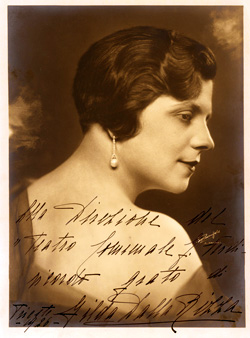
Gilda Dalla Rizza was an important Italian soprano.

Clara Petrella was an Italian operatic soprano, particularly associated with the Italian repertory, an outstanding singing-actress nicknamed the "Duse of Singers".
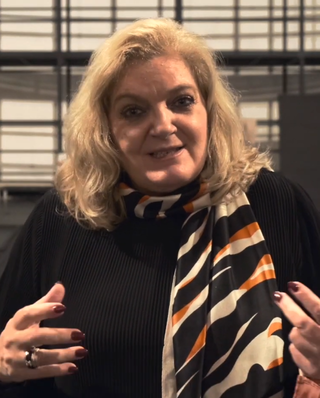
Maria Elisabete da Silva Duarte MatosGOIH OIH is a Portuguese soprano and politician. In January 2022 she was elected to the Portuguese Assembly of the Republic as a member of the Socialist Party, representing the Braga constituency.

Lina Bruna Rasa was an Italian operatic soprano. She was particularly noted for her performances in the verismo repertoire and was a favourite of Pietro Mascagni who considered her the ideal Santuzza. Bruna Rasa created the roles of Atte in Mascagni's Nerone, Cecilia Sagredo in Franco Vittadini's La Sagredo and Saint Clare in Licinio Refice's 1926 oratorio, Trittico Francescano. She also sang the role of Tsaritsa Militrisa in the Italian premiere of Nikolai Rimsky-Korsakov's The Tale of Tsar Saltan.

Ines Maria Ferraris was an Italian operatic soprano and pianist who sang for more than two decades at La Scala in addition to appearances on the international stage. Although popular in Italy, she had a particularly devoted fanbase throughout South America. A light lyric soprano with a pure and agile voice, Ferraris sang a wide repertoire that encompassed the verismo operas of Puccini, the Italian grand opera of Verdi, and the German operas of Richard Strauss. She is particularly remembered for portraying the role of Lisette in the world première of Puccini's La rondine in 1917.

Il re is a novella or opera in one act and three scenes by composer Umberto Giordano to an Italian libretto by Giovacchino Forzano. The opera premiered at La Scala in Milan on 12 January 1929.

Giovacchino Forzano was an Italian playwright, librettist, stage and film director. A resourceful writer, he authored numerous popular plays and produced opera librettos for most of the major Italian composers of the early twentieth century, including the librettos for Giacomo Puccini's Suor Angelica and Gianni Schicchi.
Carlo Sabajno was an Italian conductor. From 1904 to 1932, he was the Gramophone Company's chief conductor and artistic director in Italy, responsible for some of the earliest full-length opera recordings, most of them with the orchestra of La Scala, Milan and prominent singers there. Particularly outstanding among these are his stately, authoritative late-1920s and early-1930s electrical recordings of Don Pasquale, Traviata, Aida, Otello and Bohème.
Hans-Dieter Bader was a German operatic tenor. He performed for decades in leading roles as both a dramatic and a lyrical tenor at the Staatsoper Hannover. He appeared in around 90 operatic roles, as well as in concert and oratorio. His recordings include the operas Feuersnot by Richard Strauss and Ermanno Wolf-Ferrari's Sly, and the concert premiere of Max Reger's unfinished Dies irae.

Ramon Gener Sala Known as a Ramon Gener. He is a Spanish musician, pianist, humanist and writer. BA in Humanities and Business Sciences, he also studied piano and singing. After some years working as a baritone he left the profession and started his new stage as a lecturer and musical communicator. In 2011 he became the host of the television program Òpera en Texans. Later he directed and hosted This is Opera (2015), This is Art and 200; una noche en el Prado (2019).
Gli dei a Tebe is an opera in three acts by Ermanno Wolf-Ferrari on a libretto by Mario Ghisalberti, performed for the first time at the Opernhaus in Hannover on 4 June 1943. The first performance used the translation of the libretto in German by Franz Rau. Ghisalberti had in turn derived the libretto from a work by the publisher Ludwig Strecker, who wrote librettos under the pseudonym Ludwig Andersen.
La dama boba is a commedia lirica by Ermanno Wolf-Ferrari in 3 acts to a libretto by Mario Ghisalberti, after Lope de Vega's 1613 play of the same title. It was premiered 1 February 1939 at La Scala, Milan under it:Umberto Berrettoni, with Mafalda Favero in the lead role.
Gli amanti sposi is an opera giocosa in 3 acts by Ermanno Wolf-Ferrari to a libretto by Luigi Sugana, Giuseppe Pizzolato, Enrico Golisciani and Giovacchino Forzano, after Carlo Goldoni's Il ventaglio (1765). It premiered 19 February 1925 at La Fenice, Venice.
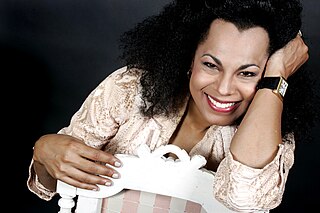
Isabelle Kabatu is a Belgian operatic soprano with a Congolese father and a Belgian mother. She has appeared internationally, with a focus on the Italian repertoire such as Verdi's La traviata and Aida, and Puccini's Manon Lescaut and Tosca. She appeared as Bess in Gershwin's Porgy and Bess beginning at the Houston Grand Opera and touring the world. In 2012, she appeared in the world premiere of Franck's youthful work Stradella.














